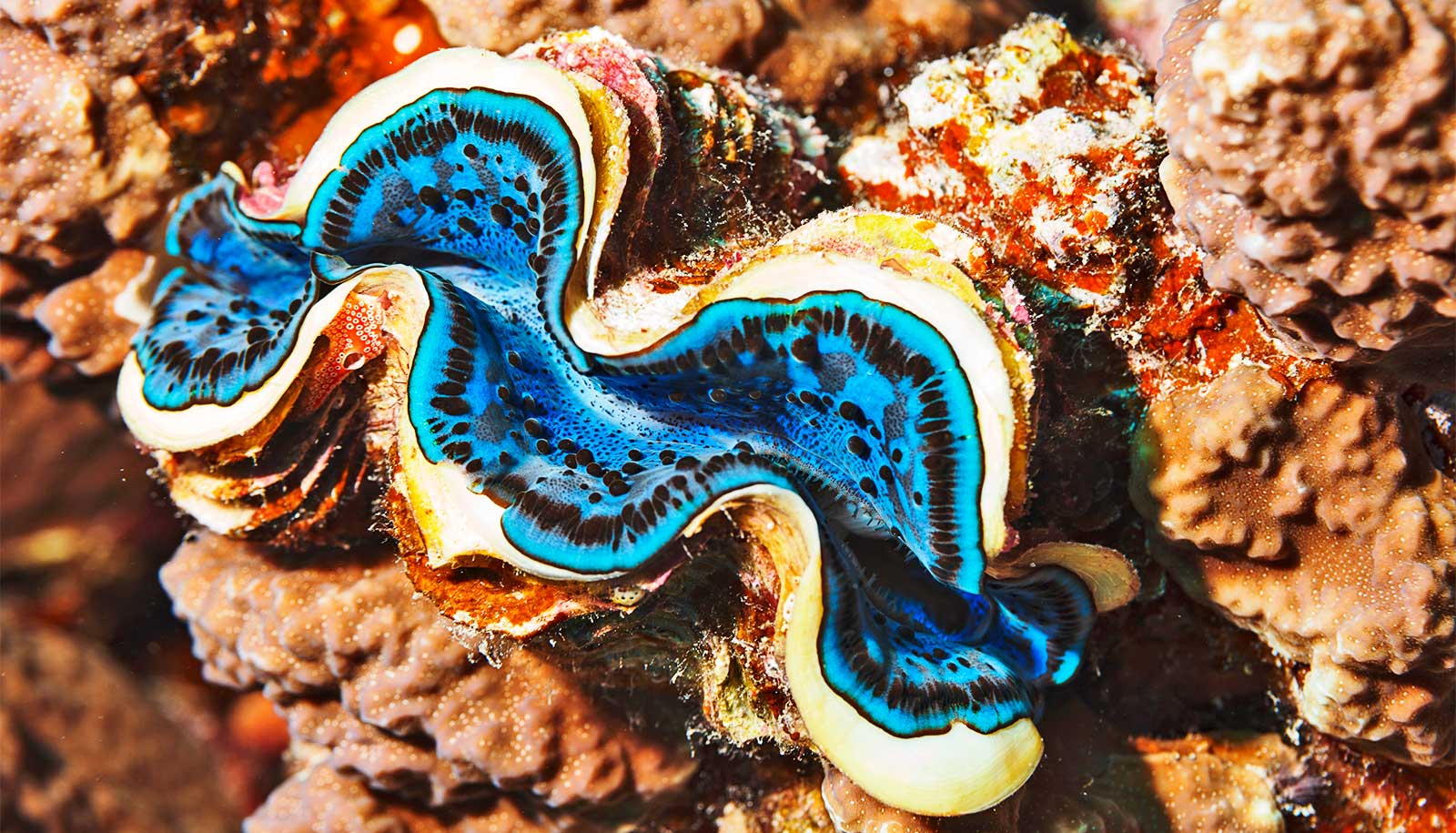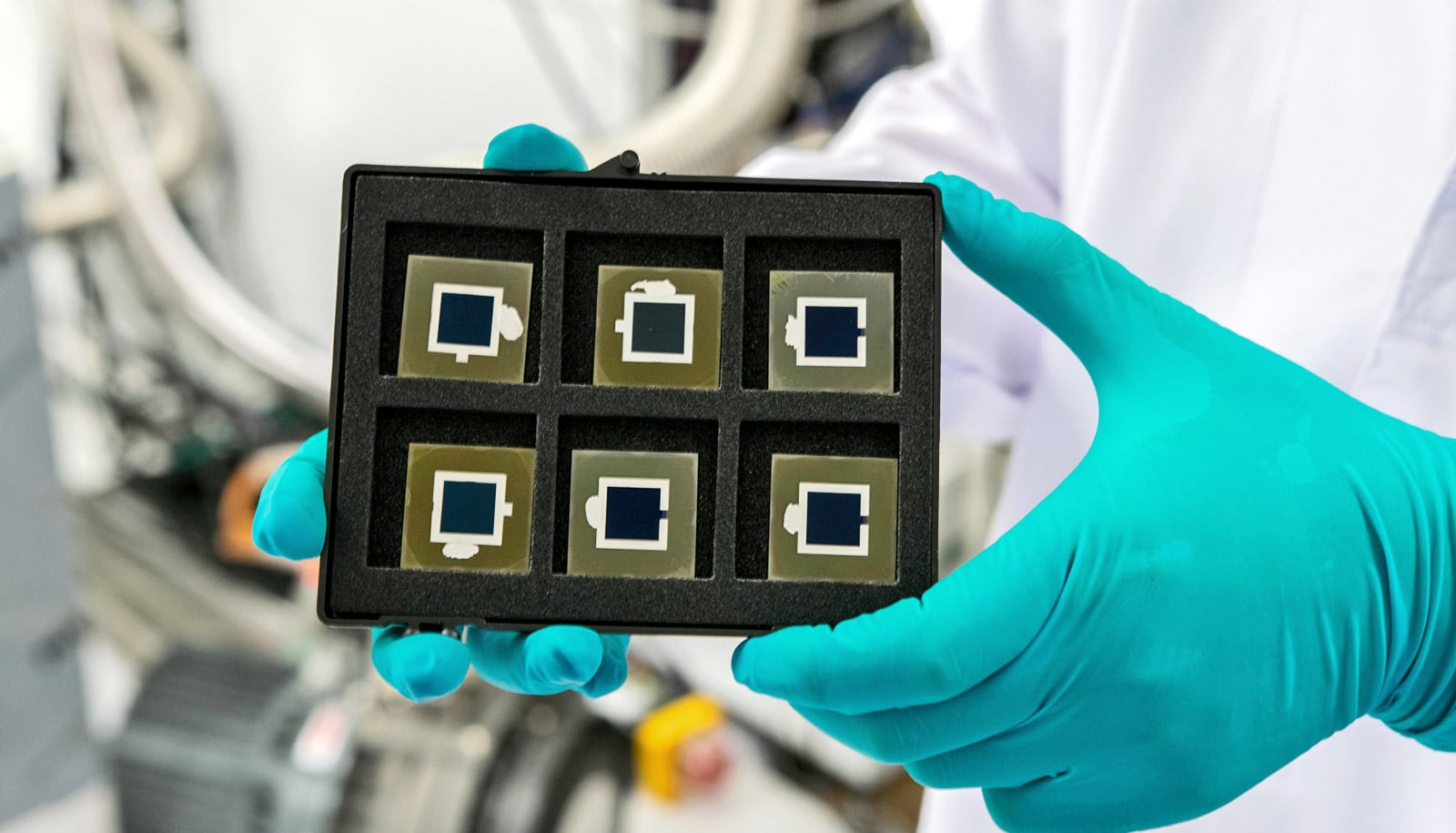Radiation testing suggests that solar cells made from carbon-based, or organic, materials could outperform conventional silicon and gallium arsenide for generating electricity in space, researchers report.
While previous research focused on how well organic solar cells converted light to electricity following radiation exposure, the new investigation also dug into what happens at the molecular level to cause drops in performance.
“Silicon semiconductors aren’t stable in space because of proton irradiation coming from the sun,” says Yongxi Li, first author of a new study in Joule and a University of Michigan associate research scientist in electrical and computer engineering at the time of the research.
“We tested organic photovoltaics with protons because they are considered the most damaging particles in space for electronic materials.”
Space missions often land on gallium arsenide for its high efficiency and resistance to damage from protons, but it’s expensive and, like silicon, is relatively heavy and inflexible. In contrast, organic solar cells can be flexible and are much lighter. This study is among those exploring the reliability of organics, as space missions tend to use highly trusted materials.
Organic solar cells made with small molecules didn’t seem to have any trouble with protons—they showed no damage after three years worth of radiation. In contrast, those made with polymers—more complex molecules with branching structures—lost half of their efficiency.
“We found that protons cleave some of the side chains, and that leaves an electron trap that degrades solar cell performance,” says Stephen Forrest, a professor of engineering at the University of Michigan, and lead corresponding author of the study.
These traps grab onto electrons freed by light hitting the cell, preventing them from flowing to the electrodes that harvest the electricity.
“You can heal this by thermal annealing, or heating the solar cell. But we might find ways to fill the traps with other atoms, eliminating this problem,” Forrest says.
It’s plausible that sun-facing solar cells could essentially self-heal at temperatures of 100°C (212°F)—this warmth is enough to repair the bonds in the lab. But questions remain: for instance, will that repair still take place in the vacuum of space? Is the healing reliable enough for long missions? It may be more straightforward to design the material so that the performance-killing electron traps never appear.
Li intends to explore both avenues further as an incoming associate professor of advanced materials and manufacturing at Nanjing University in China.
Funding for the research came from Universal Display Corp and the US Office of Naval Research.
The devices were built in part at the Lurie Nanofabrication Facility, exposed to a proton beam at the Michigan Ion Beam Laboratory, and studied at the Michigan Center for Materials Characterization.
The team has applied for patent protection with the assistance of UM Innovation Partnerships. Universal Display has licensed the technology from UM and filed a patent application. Forrest has a financial interest in Universal Display Corp.
Source: University of Michigan



